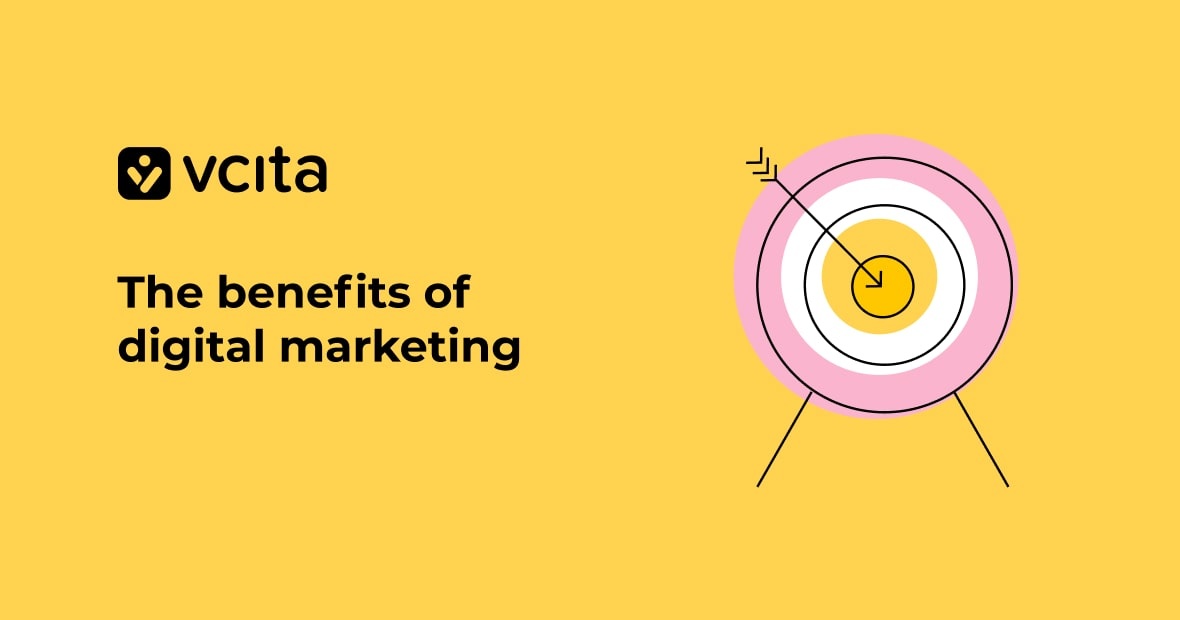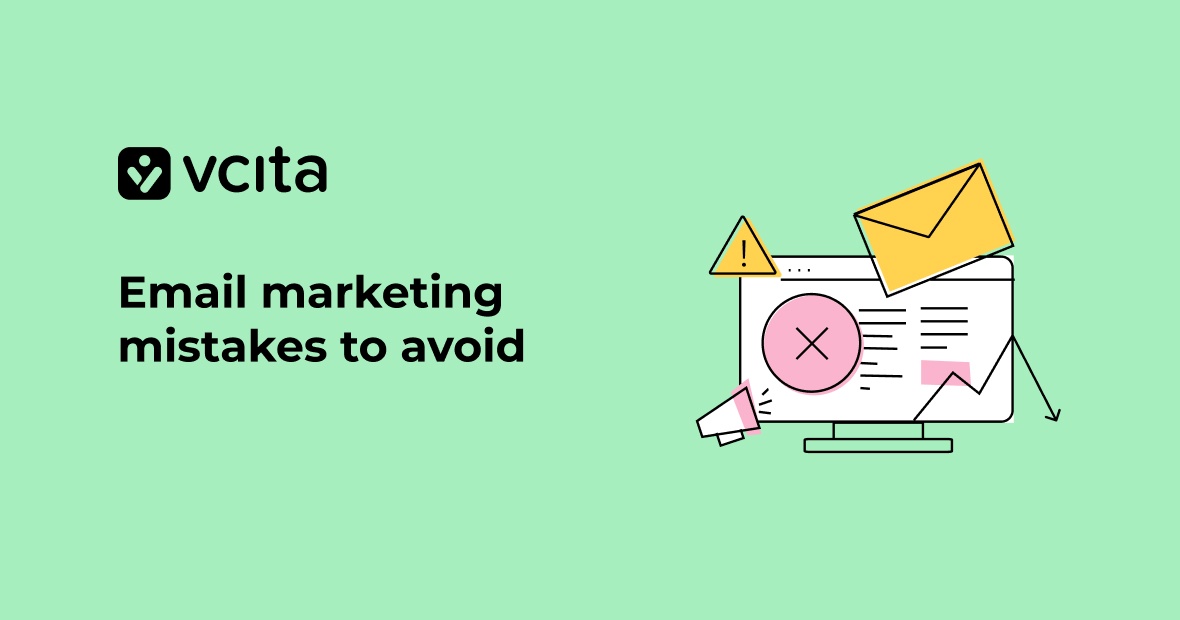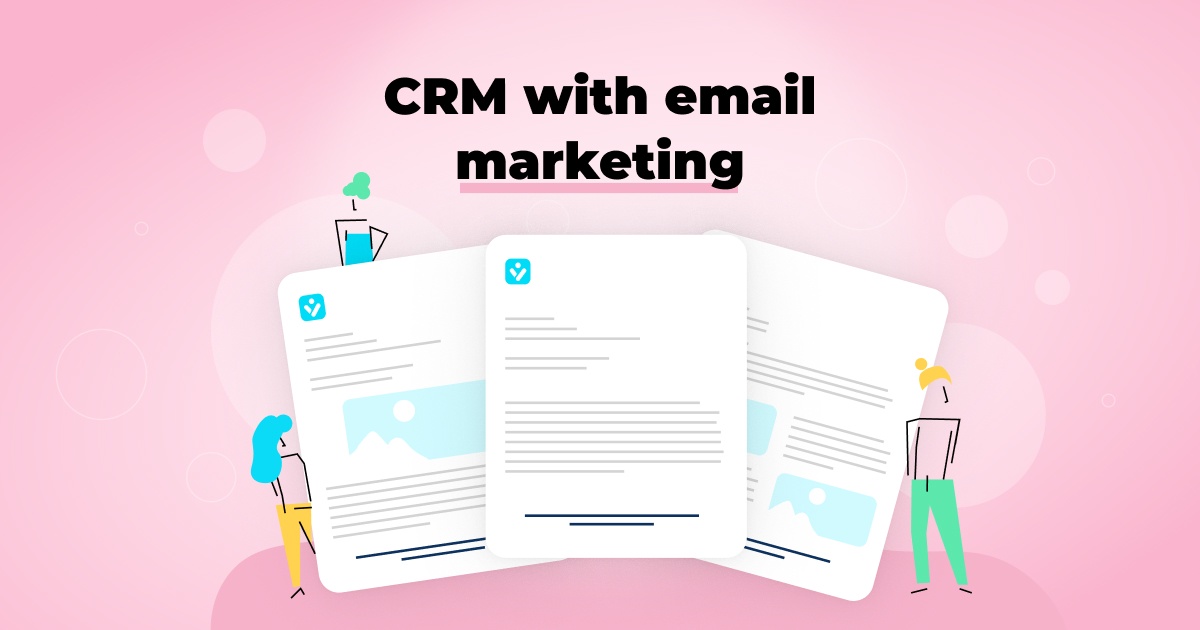What’s the point of having written the most inspirational, interesting, and intriguing email in the virtual world if no one’s going to open it?
If your subject line doesn’t spark your recipient’s interest, chances are no one’s going to look beyond those few words, and all your hard work will be in vain.
Getting your email subject line right seems like a small step, but it can be critical for the success of your email marketing campaign. So, let’s see what you can do to create captivating subject lines and master email marketing like a pro.
What is a subject line?
In an email, a subject line is the first text that catches the recipient’s eye. Upon entering your email inbox, you’ll see it standing just under the sender’s name.
Since most people will look at your subject line before making a split-second decision whether to open an email or not, you’ll want to make it catchy, content-focused, and short.
What is a preheader?
In addition to a subject line, an email preheader is another element of your email that’ll attract the attention of its recipients. This piece of the text supports the email subject and acts as a preview for the content of the email.
While a subject line and a preheader work together towards winning over the recipients and prompting them to open an email, the preheader should support the subject line and give additional information without being repetitive.
Why is the subject line so important?
A recent email marketing study revealed that 64% of people say that they make a decision whether to open an email based upon the subject line’s relevance.
Also, doing something as simple as adding a person’s name at the beginning of the email can boost the open rates by 40% – so, don’t skip on personalization.
According to the same study, personalizing emails boosts open rates by 29% and unique click-through rate (CTR) by 41%, and these can add up pretty swiftly, so don’t take them lightly.
To sum it up, by taking the steps to create personalized subject lines that feel relevant to recipients you’ll significantly increase open rates and make sure your email doesn’t end up in the trash or even worse – gets flagged as spam.
Subject lines best practices
To make your email stand out among hundreds of other emails that are cramming the average inbox every day, try to use most (if not all) of these hopefully helpful hints.
Keep it short and sweet
To make sure your subject line doesn’t get cut short – keep it short, which is something under 40 characters or up to seven words max. Since most people won’t spare any additional time scanning through their inbox, you’ll want to attract their attention with a couple of words – not to overwhelm them.
Perfect the personalization
Since personalization is shown to boost open rates in most cases, it’s safe to say that using the recipient’s name is a smart bet. If you can learn more about them (such as their shopping preferences, jobs, or overall interests), do so and fit that information into your subject line.
Segment your clients
To avoid spamming all your recipients with content that might only be useful to a couple of them, segment your clients into lists by using the information you’ve collected about them. This will help you personalize your email even further and increase open rates.
Don’t lie
Since you probably want people to trust your subject lines, making false promises about the content to trick them to open your email is a big no-no. Using a subject line like “Free gift for you” when there’s no gift available is a dire mistake. You might get more opens at first, but you will lose trust resulting in a lower open rate in the long run or even worse – clients clicking the unsubscribe button.
Use action words
While you don’t want to sound all high and mighty, communicating a clear command in your subject lines might not be a bad idea at all. A straightforward call to action (CTA) will give some recipients a much-needed push while others will gladly take on a challenge.
Make readers feel special
By using the right phrasing you can make your recipients special, so don’t hesitate to include something like “our gift to you” or “for our dearest customers only” – if nothing, a couple of nice words can make anyone feel a bit better.
Create a sense of urgency
Given that most of us wouldn’t want to miss out on a good deal, communicating urgency and scarcity in your subject lines will prompt recipients to act sooner rather than later and open that email right away.
Pose a question
One way to spark interest in the content of your email is to bring up a question in your subject line. However, to choose the right question you should know a bit about the person you’re writing to first.
Don’t use ALL CAPS
Most people don’t enjoy being yelled at, so please don’t (NOT EVEN IN YOUR DREAMS) use all caps. Not only will it get on people’s nerves, but it could also get your email tossed out of their inbox and flagged as spam.
Don’t put a question and exclamation in the same subject line
Also, while it might be tempting to mix a question and exclamation in the same subject line, resisting this temptation is a sign of marketing maturity.
A subject line that asks and yells at the same time is more likely to be flagged as spam – and seen as shallow to boot.
Always include an engaging preheader
Now that your subject line is good to go, call up its best friend – preheader – write up to 140 characters (or around 30 words) and see how they work together.
Test, test, test
Since there’s not a single solution that works for everyone, you’ll have to test your subject lines to find out if they work for you and your business. So, before starting with your email marketing campaign, check how your subject lines work for your target audience. In short, this means creating two versions of the subject line, sending them to similarly-sized audiences, and analyzing their performance based on click rates, conversions, or other metrics.
Tips for writing a strong subject line
Here are a couple of tips you can utilize to make your subject lines stronger than ever.
Make the purpose of the email clear
Before beginning to write your email, stop to think about its purpose – a clear email should have a clear purpose. If you aren’t sure why you’re sending this email in the first place, don’t send it – you’ll waste both your and your recipient’s time.
Come up with multiple versions
It’s a good practice to have a couple of similar subject lines to choose from. These may vary in tone, information, and word count, but will give you a better indication of which to use and test out on your audience.
Determine your CTA
Since it’s a good idea to include a CTA phrase in your subject line, choose which one you’ll use before starting to type your email – it’ll give you a sense of direction and overall purpose.
Write your subject line after you’ve written your email
To avoid creating a misleading subject line that has little to nothing with the content of your email, write your line after your email is already finished.
Successful subject line examples and why they’re great
To inspire you to write your own successful subject lines, we’ve handpicked our top ten:
“Last Day To See What This Mystery Email Is All About”
This GrubHub line will spark anyone’s curiosity and create a sense of urgency.
“👻 Trip or Treat!”
This subject line from EF Tours isn’t only punny, but it cleverly uses a cute emoji – which makes it stick out from the rest of the inbox.
“We Saw You Checking Us Out 😏”
The line is short, cute, and playful – and it perfectly fits a clothing brand like DollsKill.
“A Sneak Peek for VIPs Only”
Provided by Serena & Lily, this line will make your recipient feel special while sparking their interest in the email’s content.
“Where to Drink Beer Right Now”
Combined with the right timing, this all-too-real-and-relatable line by Eater Boston will attract anyone who wants to unwind after a long day at work.
“Not Cool, Guys”
Not a stranger to curious marketing ideas, BuzzFeed and its playful yet somewhat passive-aggressive subject line will catch anyone’s eye.
“Colorful things for colorful homes”
Those who want to bring brighter colors to their home will find themselves in Baggu’s subject line and open an email to see what’s new in store for them.
“Abra-cord-abra! Yeah, we said it.”
This short, cheeky, and charming subject line by Quircky is also made self-aware by the “Yeah, we said it” – a part which most recipients will find relatable.
“Uh-oh, your prescription is expiring”
By playing with the fear of missing out (FOMO), Warby Parker used this subject line to prompt their subscribers to buy their eyewear – and as far as we know it was a smash hit.
“*Don’t Open This Email*”
As soon as we saw this line by Manicube, the first thing we wanted to do is to open the email in question. While it’s risky to send a line such as this to a new subscriber, those who are familiar with your company will likely find it intriguing.
Insert your subject line here
Since there’s no one-size-fits-all formula for writing a subject line, creating the perfect one for your email marketing campaign is an art that gets better with practice.
While getting this right may seem like a small step, it can pave the way for the success of your campaign and create good habits that’ll set your business up for great victories in the future.




























